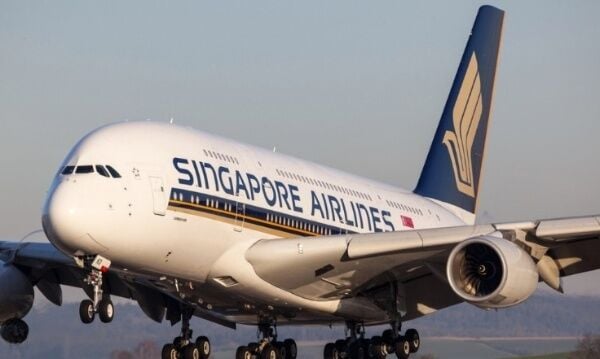Mid-air mayhem: Turbulence terror hits global flights

Singapore Airlines Flight SQ321 faced severe turbulence over Thai airspace, forcing an emergency landing in Bangkok. This incident, which occurred in late May, reignited concerns over the escalating problem of in-flight turbulence, especially following several other alarming episodes.
Recent months have seen a spate of turbulence-related injuries on major airlines. Flights operated by Singapore Airlines Ltd., Qatar Airways, and Air Europa have experienced sudden altitude drops, necessitating medical attention for passengers. Notably, the ill-fated Singapore Airlines flight was en route from London to Singapore when it was caught in a terrifying storm.
The situation took a dramatic turn this week when an Air Europa flight from Madrid to Montevideo encountered severe turbulence, leaving 40 passengers injured. The aviation community is increasingly alarmed by such incidents, as turbulence appears to be an ever-growing threat.
Data from the Turbli database reveals that the world’s most turbulent flights connect Santiago, Chile, to Santa Cruz, Bolivia. The site, which ranks turbulence by analysing 150,000 routes using data from UK and US government meteorological agencies, highlights that flights departing from Tokyo also feature prominently among the roughest long-haul services.
Turbulence is typically caused by air streams travelling at different speeds meeting each other. These conditions are often found at the boundaries of jet streams, over mountain ranges, and in certain cloud formations. According to Turbli, the turbulence on the Santiago-Santa Cruz route is primarily due to winds flowing from the Pacific to the Atlantic Ocean, almost perpendicular to the Andes.
The equatorial region is another hotspot for turbulence, with flights frequently encountering rough conditions, reported Hindustan Times.
In related news, 14 flights bound for Phuket were forced to divert to alternative airports as a deluge of rain battered the popular resort island, causing widespread flooding. Phuket Airport Director Monchai Tanod confirmed that although the airport itself remained dry, visibility plummeted to dangerously low levels between 7am and 9am on Tuesday, July 2.
Latest Thailand News
Follow The Thaiger on Google News:


























